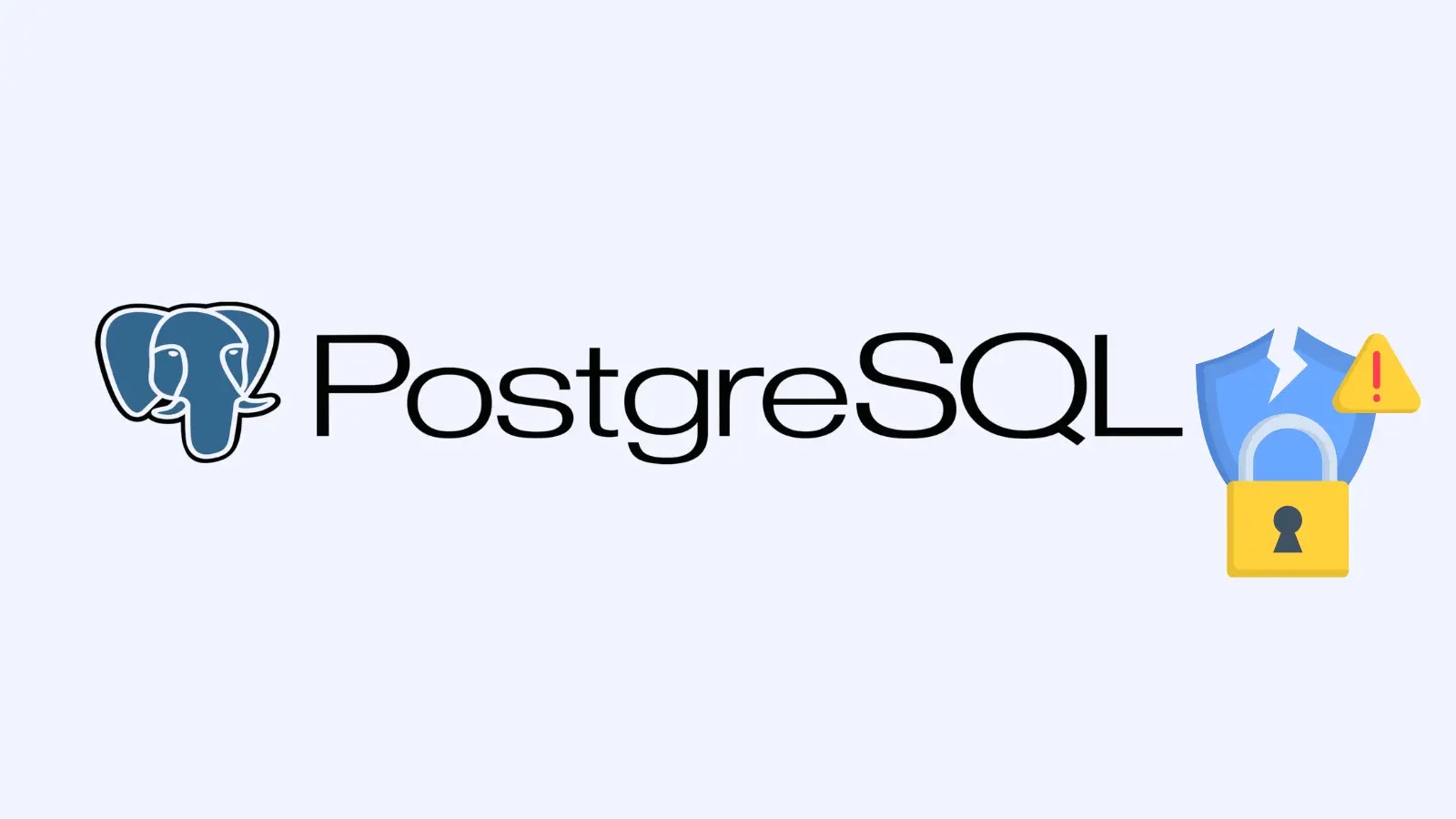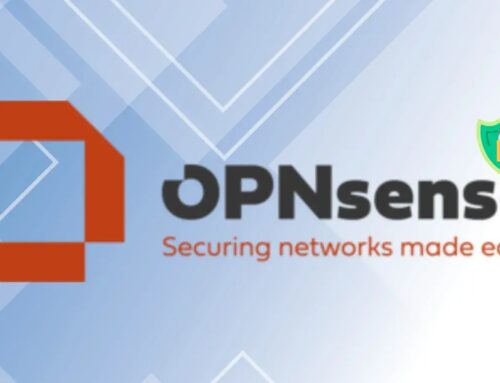
PgAdmin Vulnerability Lets Attackers Gain Unauthorised Account Access
Urgent Warning: Critical PgAdmin Vulnerability Exposes Database Accounts to Attack
A significant security flaw has been discovered in pgAdmin, the widely used open-source administration and development platform for PostgreSQL databases. This vulnerability, tracked as CVE-2025-9636, poses a severe risk, potentially allowing remote attackers to gain unauthorized access to user accounts and the sensitive data they manage. Organizations and individual users relying on pgAdmin must take immediate action to mitigate this threat.
Understanding the PgAdmin Vulnerability (CVE-2025-9636)
The core of this vulnerability lies in pgAdmin versions up to and including 9.7. While specific technical details of the exploitation method are still emerging, the broad impact is clear: attackers could exploit this flaw to bypass authentication mechanisms, leading to unauthorized account access. This is particularly concerning given pgAdmin’s role as a central management tool for PostgreSQL, a database system frequently used for critical applications and sensitive data storage.
Gaining unauthorized access to a pgAdmin account can provide an attacker with a high level of control over the associated PostgreSQL databases. This could range from viewing, modifying, or deleting data to executing arbitrary SQL commands, potentially leading to data breaches, data corruption, or even full system compromise if further lateral movement is possible.
For more technical details on CVE-2025-9636, refer to the official CVE database.
Affected Versions and Potential Impact
The vulnerability specifically impacts all pgAdmin versions up to and including 9.7. Users running these versions are at risk. The potential impact is extensive and includes:
- Unauthorized Account Access: Attackers can bypass authentication to gain control of pgAdmin user accounts.
- Sensitive Data Exposure: Access to pgAdmin accounts often translates to access to the PostgreSQL databases they manage, exposing sensitive data to theft or manipulation.
- Data Corruption or Loss: Attackers could modify or delete crucial database information.
- System Compromise: In some scenarios, successful exploitation could be a stepping stone for further attacks on the underlying system hosting the database.
- Reputational Damage: Data breaches resulting from this vulnerability can severely damage an organization’s reputation and lead to significant financial penalties.
Remediation Actions and Best Practices
Given the severity of CVE-2025-9636, immediate action is paramount for all pgAdmin users. The following steps are crucial:
- Update Immediately: The most critical step is to update your pgAdmin installation to the latest available version (9.8 or higher, as recommended by the pgAdmin project) as soon as possible. Updates typically include patches for known vulnerabilities.
- Review Access Logs: Scrutinize pgAdmin and PostgreSQL access logs for any suspicious login attempts, unauthorized activities, or unusual patterns that might indicate a compromise.
- Implement Strong Authentication: Ensure all pgAdmin accounts utilize strong, unique passwords. Enable multi-factor authentication (MFA) if pgAdmin or your connected systems support it, providing an additional layer of security.
- Restrict Network Access: Limit network access to your pgAdmin instance. Ideally, it should only be accessible from trusted internal networks or specific IP addresses. Avoid exposing pgAdmin directly to the public internet unless absolutely necessary, and if so, do it behind a robust firewall and VPN.
- Regular Backups: Maintain regular, tested backups of your PostgreSQL databases. In the event of a successful attack, a recent backup can be crucial for recovery.
- Principle of Least Privilege: Ensure pgAdmin users have only the minimum necessary permissions to perform their tasks. Avoid using highly privileged accounts for routine operations.
- Monitor Database Activity: Implement robust database activity monitoring (DAM) solutions to detect and alert on anomalous queries or administrative actions within your PostgreSQL databases.
Tools for Detection and Mitigation
While primary mitigation involves updating, several tools can assist in detecting potential compromises or identifying vulnerable instances within your environment.
| Tool Name | Purpose | Link |
|---|---|---|
| Nmap | Network scanning for identifying open ports and services, including pgAdmin’s default ports. | https://nmap.org/ |
| Vulnerability Scanners (e.g., Tenable Nessus, Qualys) | Automated scanning for known vulnerabilities, including those affecting pgAdmin. | Tenable Nessus / Qualys |
| Wireshark | Network protocol analyzer for deep inspection of network traffic to detect suspicious activity. | https://www.wireshark.org/ |
| Centralized Log Management (e.g., ELK Stack, Splunk) | Aggregating and analyzing logs from pgAdmin, PostgreSQL, and underlying systems to identify anomalies. | ELK Stack / Splunk |
Conclusion
The discovery of CVE-2025-9636 in pgAdmin underscores the persistent need for vigilance in cybersecurity. This vulnerability, affecting widely deployed versions of the PostgreSQL administration tool, presents a clear pathway for unauthorized account access and potential data compromise. Proactive patching, stringent access controls, and continuous monitoring are not merely recommendations; they are essential practices for safeguarding critical database infrastructure. Act now to secure your pgAdmin instances and protect your valuable data.





